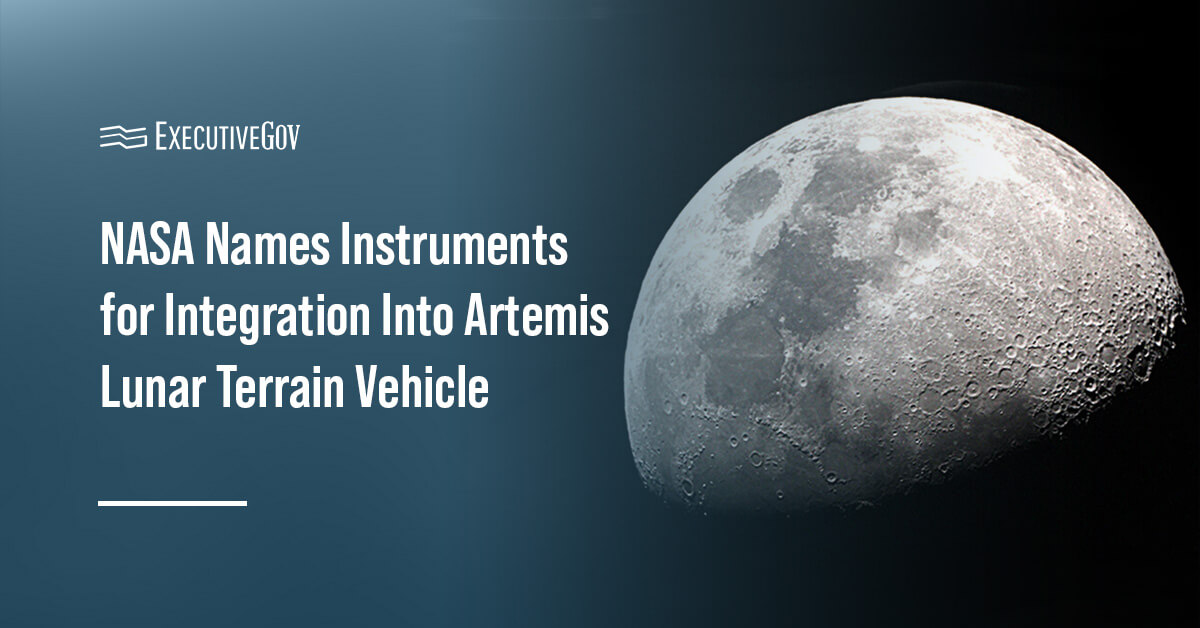NASA has selected three instruments that will be deployed to the lunar surface. Two of the instruments will be attached to the Artemis Lunar Terrain Vehicle during its mission to explore the moon, while the remaining will be used on a future orbital mission, NASA said Thursday.
The LTV is part of NASA’s Artemis program, which aims to send astronauts back to the moon for the first time in over 50 years. The LTV can carry two astronauts or operate remotely without a crew to achieve more of the space agency’s science and exploration goals.
“The science instruments selected for the LTV will make discoveries that inform us about Earth’s nearest neighbor as well as benefit the health and safety of our astronauts and spacecraft on the Moon,” said Nicky Fox, associate administrator of NASA’s Science Mission Directorate.
Selected Artemis Lunar Terrain Vehicle Instruments
The first instrument, called the Artemis Infrared Reflectance and Emission Spectrometer, will look for minerals and volatiles, such as water, ammonia or carbon dioxide on the moon. It will capture spectral data overlaid on visible light images of both specific features of interest and broad panoramas to discover the distribution of minerals and volatiles across the moon’s south polar region.
The second, the Lunar Microwave Active-Passive Spectrometer, will look beneath the lunar surface and search for possible locations of ice. The tool will use a spectrometer and a ground-penetrating radar to measure temperature, density and subsurface structures to more than 131 feet below the surface.
Combining the data from AIRES and L-MAPS will provide a picture of the lunar surface and subsurface components to support human exploration and reveal more information about the history of rocky worlds in our solar system.
NASA also selected the Ultra-Compact Imaging Spectrometer for a future orbital mission. The instrument will provide regional context for LTV discoveries and map the moon’s geology and volatiles.
“With these instruments riding on the LTV and in orbit, we will be able to characterize the surface not only where astronauts explore, but also across the south polar region of the Moon, offering exciting opportunities for scientific discovery and exploration for years to come,” said Joel Kearns, deputy associate administrator for exploration in NASA’s Science Mission Directorate.
The space agency has been working with Intuitive Machines, Lunar Outpost and Venturi Astrolab to complete their preliminary design reviews of their proposed LTVs. A final decision on which design will be deployed for the demonstration mission will be made in the coming months.





